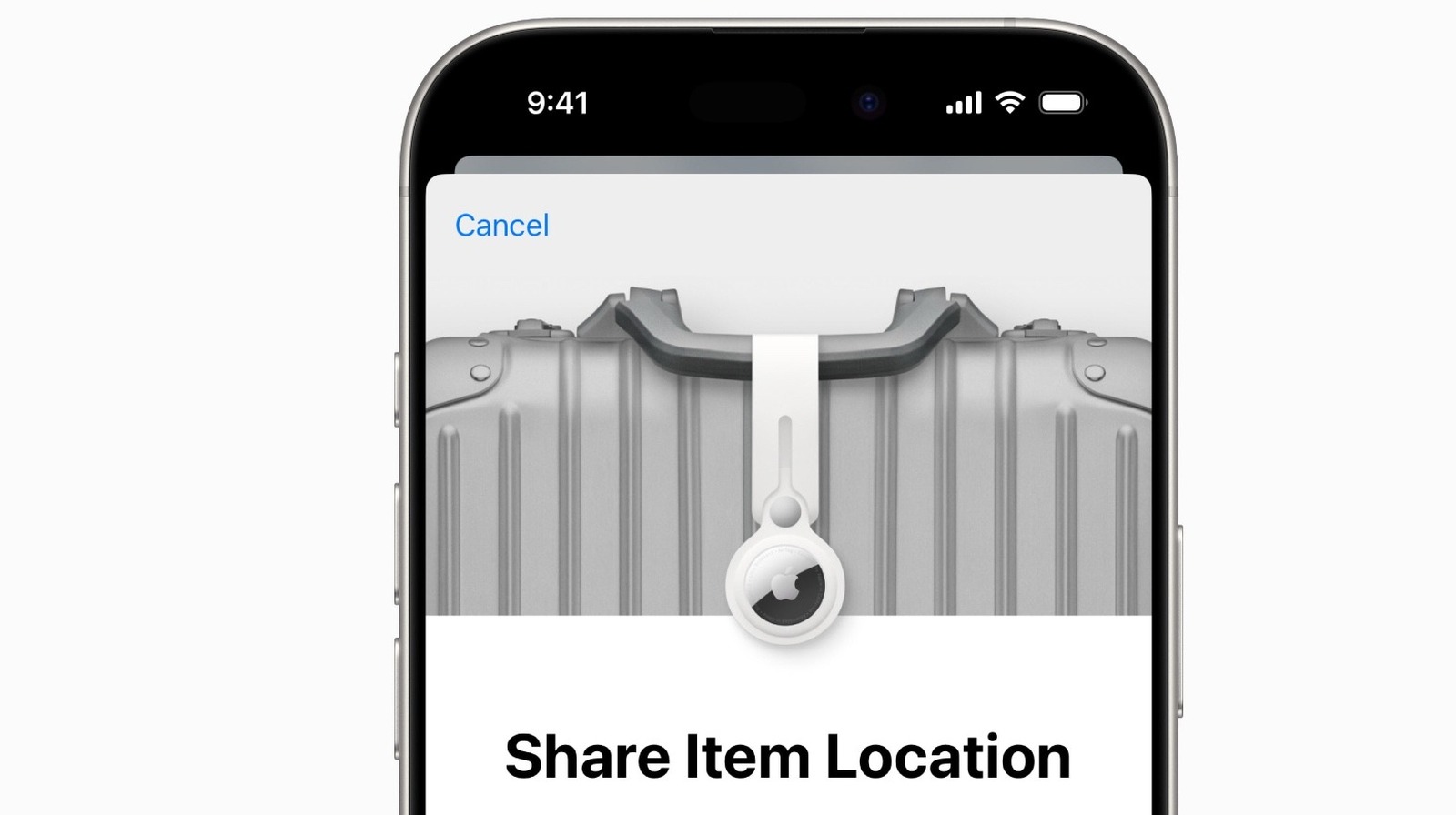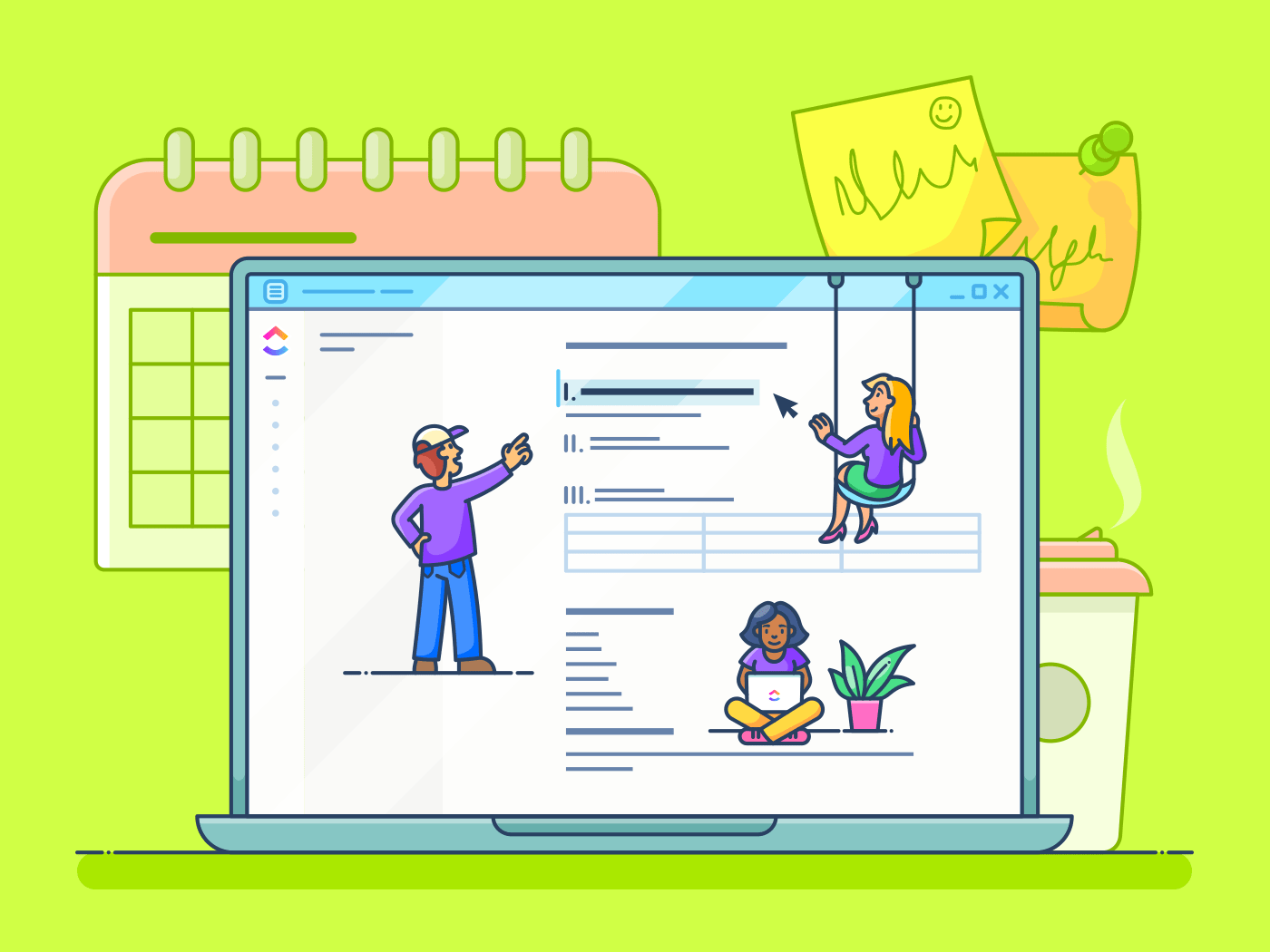Wall Street was the first to aggressively invest in building in-house artificial intelligence (AI) teams, leading the charge into the new era of enterprise AI. Healthcare, retail, automotive, and SaaS companies quickly followed, recognizing that AI wasn’t just a competitive edge—it was becoming a foundational element.
This isn’t just a trend for engineers—it’s a career-defining shift. Those who understand how to build with generative AI (genAI), large language models (LLMs), and machine learning tools are positioning themselves for the next generation of innovation.
New roles are emerging, old workflows are evolving, and the demand for AI fluency is reshaping what it means to be a “software engineer.”
Engineers who build for what’s next will lead what’s next.
Wall Street Sparked It—Now Everyone’s Building In-House AI
Financial firms, such as JPMorgan and Goldman Sachs, invested early in AI for fraud detection and trading models. That wave triggered a broader realization across industries.
Now we see:
- Healthcare: The
Mayo Clinic is building genAI tools for diagnostics, leveraging Google Cloud. - Retail:
Walmart uses AI to optimize logistics and support store operations. - Automotive: Tesla’s
Dojo supercomputer powers its autonomous driving systems. - Enterprise SaaS: Microsoft, Salesforce, and Atlassian are integrating
LLMs into their core products.
The result? A hiring boom across industries for engineers who can build with AI.
The New Engineer: What Skills Are in Demand
Today’s AI engineer blends strong technical fundamentals with system-level thinking and product intuition.
In-demand core skills:
- Python, TensorFlow, PyTorch
- Cloud architecture (AWS, GCP, Azure)
- LLM integration and API development
- MLOps and scalable data pipelines
Bonus skills:
- Prompt engineering
- Fine-tuning model performance using SFT, RL, DPO
- Translating AI results for non-technical audiences
It’s no longer just about writing code—it’s about architecting intelligence.
How AI Boom Is Changing Hiring—and How to Adapt
AI is reshaping every part of the hiring funnel.
Emerging trends engineers should know:
- Candidate-role matching through LLMs
- Predictive analytics for performance forecasting
- AI-written job descriptions improving inclusivity
- Automated scheduling and onboarding
- AI-driven technical assessments with real-time feedback
How to adapt:
- Make your resume machine-readable.
- Emphasize measurable outcomes on LinkedIn and GitHub.
- Use genAI tools like ChatGPT and GitHub Copilot for more thoughtful preparation.
Recruiters and algorithms are reading your profile. Optimize accordingly.
Pay, Perks, and Career Growth for AI Talent
According to
And beyond pay:
- Remote roles are becoming the norm
- Career progression is accelerating.
- Innovation-driven teams are emerging, even inside legacy firms
For engineers, the benefits of mastering genAI are immense.
Five Ways Engineers Can Stay Ahead
Action plan to future-proof your career:
- Upskill: Take micro-courses, join hackathons, and build side projects.
- Build: Create AI-powered portfolio projects.
- Optimize: Utilize structured resumes that incorporate strategic keywords.
- Follow trends: Watch hiring signals on Turing, Hacker News, LinkedIn Hiring Lab.
- Utilize AI daily: Integrate tools like Copilot into your workflow.
To stay ahead, engineers should work on AI-powered side projects—this
Engineers treating AI as a multiplier, not just a tool, will rise the fastest.
Final Thoughts: The AI-Ready Engineer Wins
The AI hiring wave isn’t temporary—it’s the new normal.
Engineers blending strong fundamentals with AI fluency will drive the next generation of innovation. Stay curious. Stay adaptive. Stay build-ready.
Ready to take on top AI roles with leading U.S. firms?










